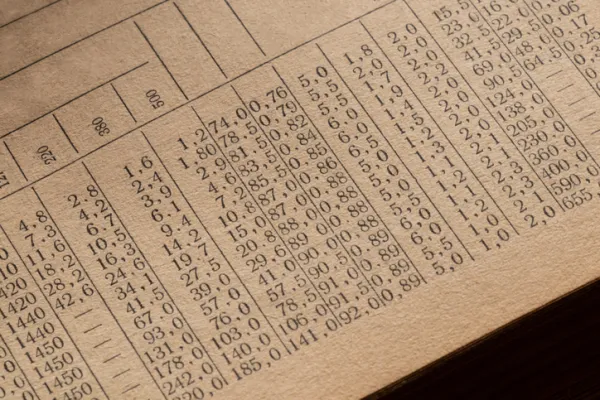This explanation will be the geekiest part of our article — sorry, but to carry out a real-time portfolio-timing strategy, unlike examining the full-period averages in Exhibit 1, we need some way to map the cyclically adjusted price-earnings ratio (CAPE) to a portfolio weight each month. Most simple methods will yield similar results; we aren’t cherry picking here, but we do have to pick one. We choose to look back over 60 years. (We start looking back only about 20 years in 1900, as we don’t want to wait that long to begin our tests, but when we get 60 years of data, we keep looking back a rolling 60 years.) We sort all prior CAPEs each month and define the median, the 95th-percentile richest and the 5th-percentile cheapest CAPE values seen. The weight for this January is based on the CAPE at the end of the prior December, according to the following simple formulas. We follow these rules:
• We don’t work with the CAPE directly but 1/CAPE, so when stocks are cheap (CAPE low), our measure is positive (1/CAPE is high). We’ll call 1/CAPE earnings-to-price (instead of CAPE’s price-to-earnings), or E/P.
• Trimmed E/P equals last month’s E/P maxed out at the 95th percentile if it’s higher than that and floored at the 5th percentile if lower (so trimming the extremes). Trimming is done so as not to overreact to extreme highs and lows that if used throughout the sample could lead to odd results (including compressing results for all reasonable CAPEs, as compared with the extremes they are small differences).
• Weight in stocks equals 100 percent + [trimmed E/P– median E/P]/[95th percentile E/P – 5th percentile E/P].
For the weight in stocks, we also impose, though it is not often needed, the condition that the full weight not exceed 150 percent and not fall below 50 percent.
An example may help. Say you’re in January and the prior December’s CAPE is 20. That makes the E/P 1/20, or 5 percent. The median CAPE over the past 60 years is 15, so the median E/P is 1/15, or 6.7 percent. Say the 95th-percentile high CAPE is 25 (or an E/P of 4 percent), and the 5th-percentile low CAPE is 10 (or an E/P of 10 percent). Because the current CAPE and E/P are within the 5th and 95th percentiles, we can ignore those cutoffs, and the formula gives us the stock weight = 100 percent + [5 percent – 6.7 percent]/[10 percent – 4 percent] = 72 percent in stocks. If today’s E/P equaled the 5th-percentile low of 4 percent (a high CAPE of 25 gets you an E/P of 4 percent), we’d be almost all the way down to 50 percent in stocks (actually about 55 percent), and if it was as high as 10 percent (a very low CAPE of 10), we would be 150 percent in stocks.
— C.A., A.I and T.M.






